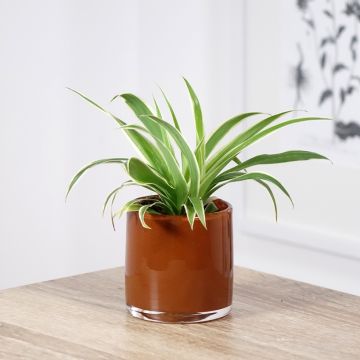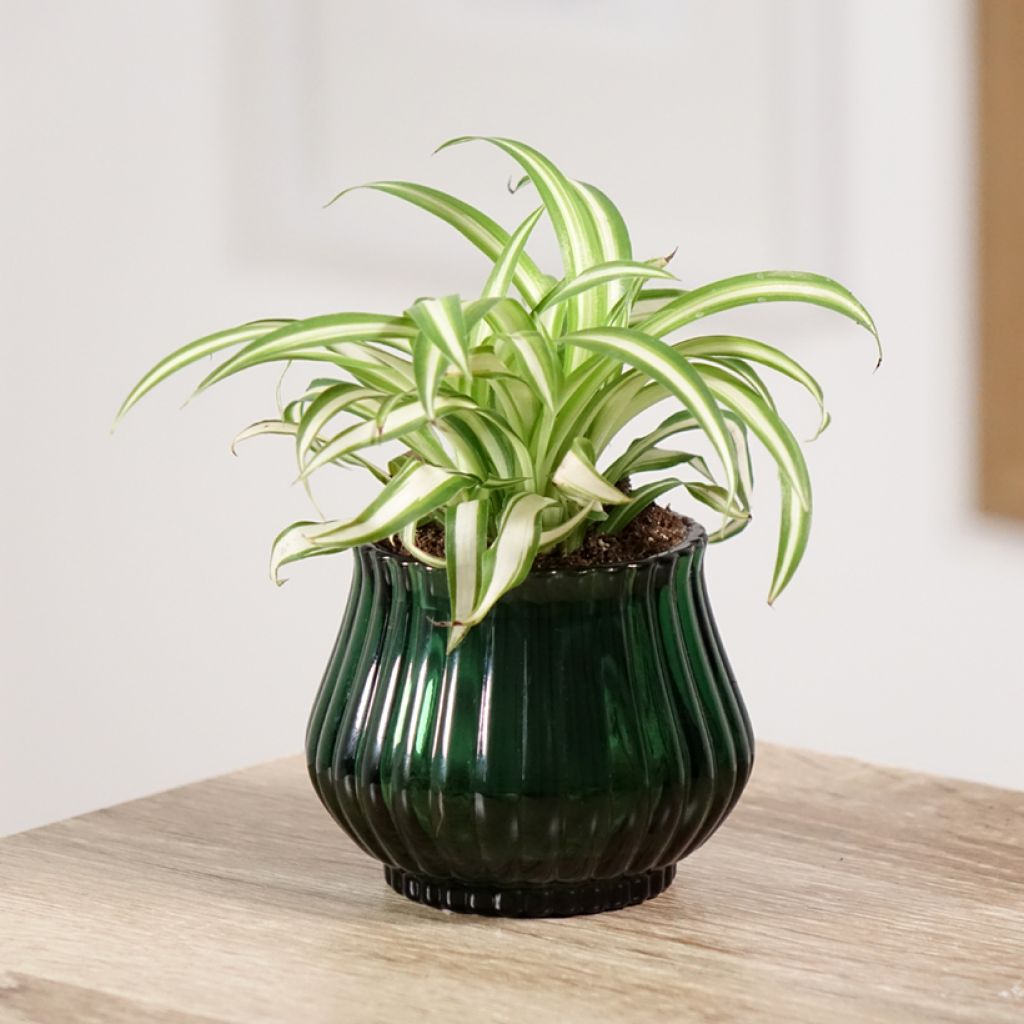

Chlorophytum comosum Variegatum - Spider Plant
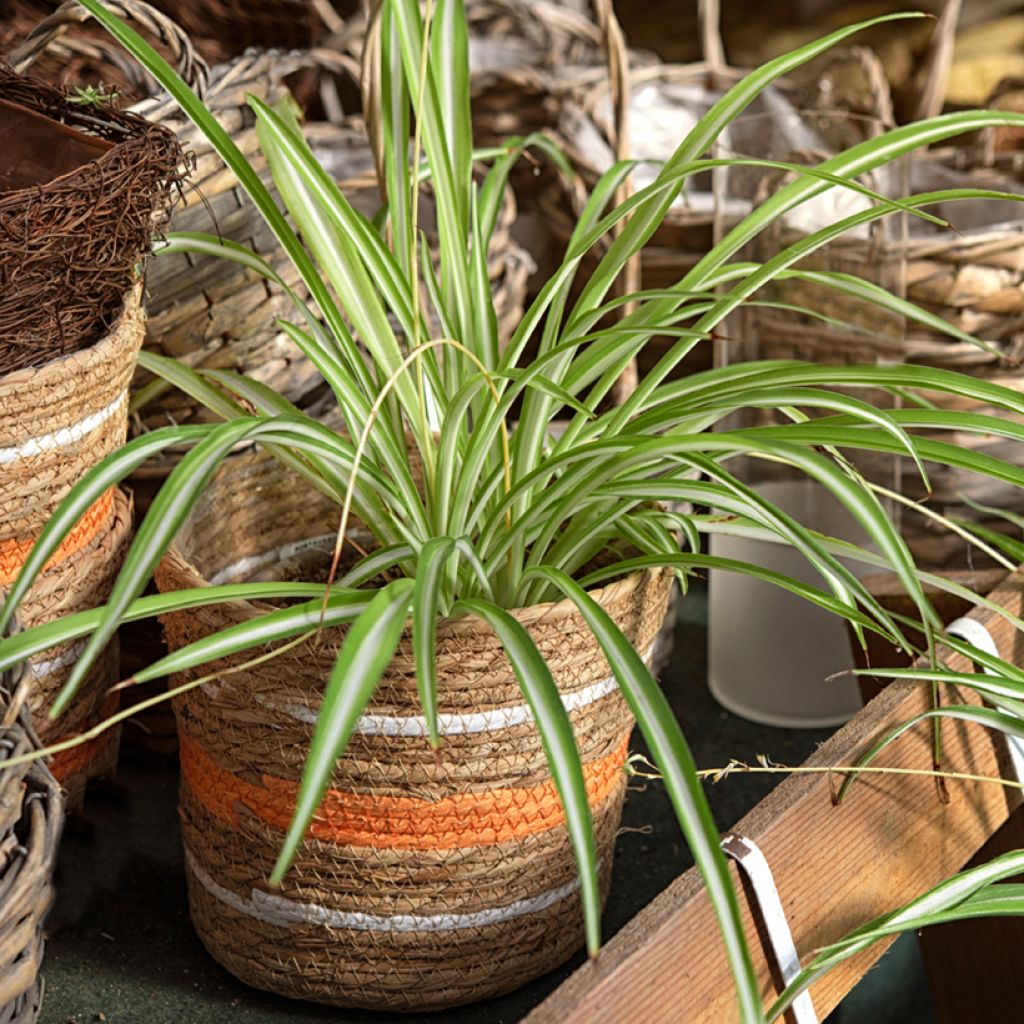

Chlorophytum comosum Variegatum - Spider Plant
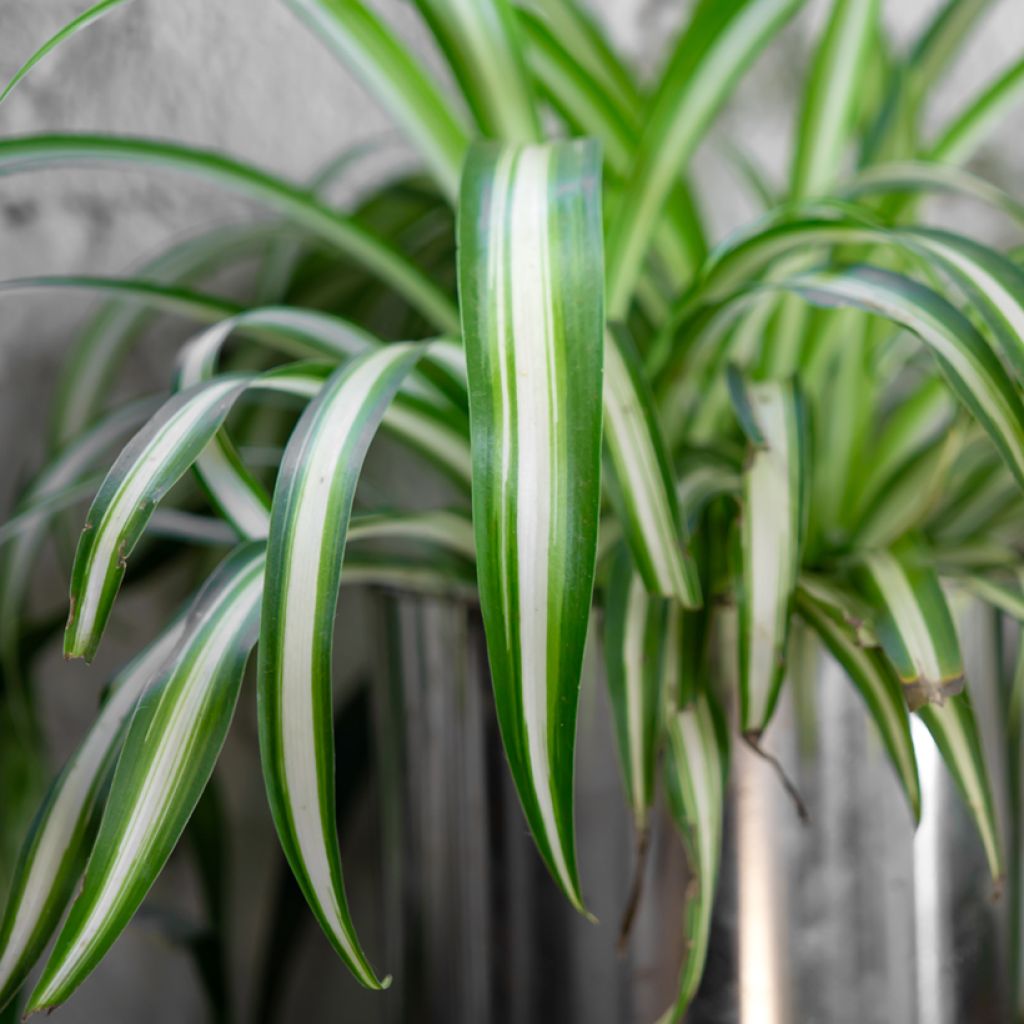

Chlorophytum comosum Variegatum - Spider Plant
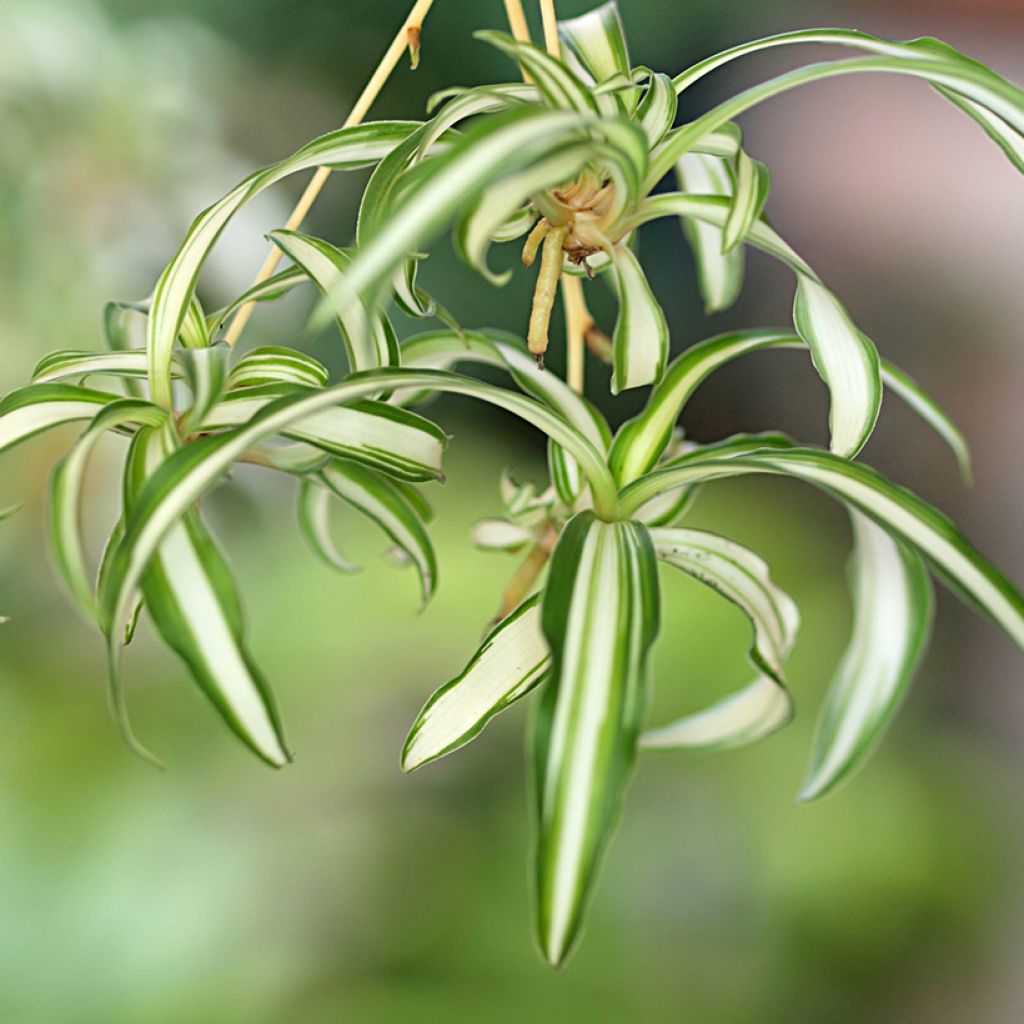

Chlorophytum comosum Variegatum - Spider Plant
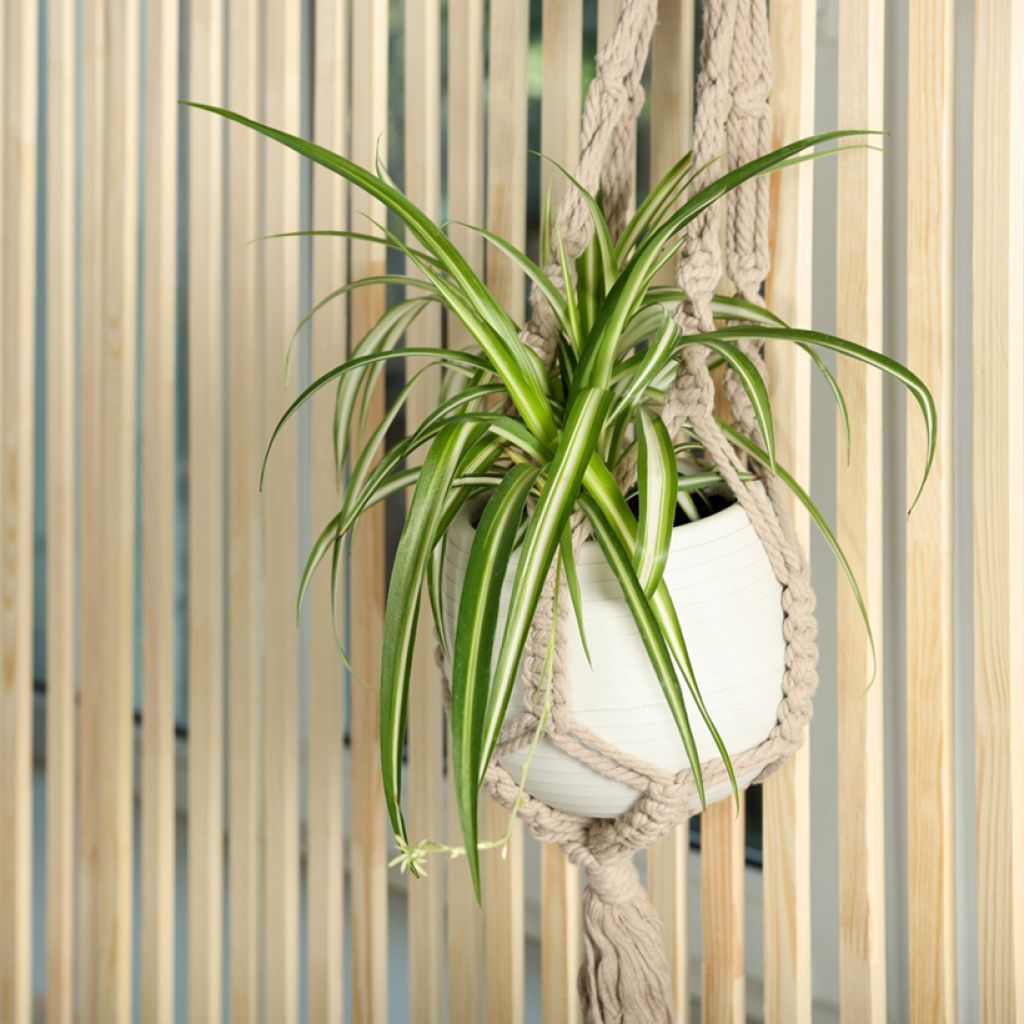

Chlorophytum comosum Variegatum - Spider Plant
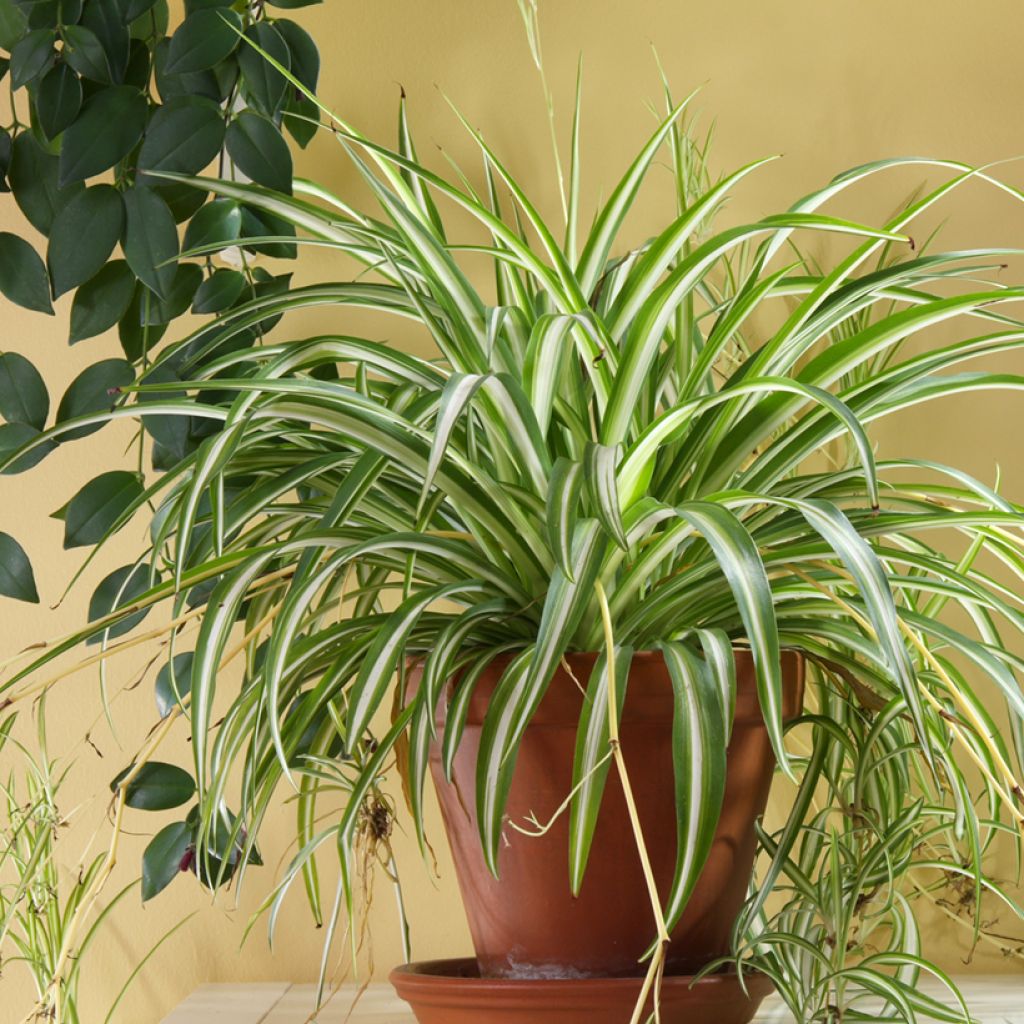

Chlorophytum comosum Variegatum - Spider Plant
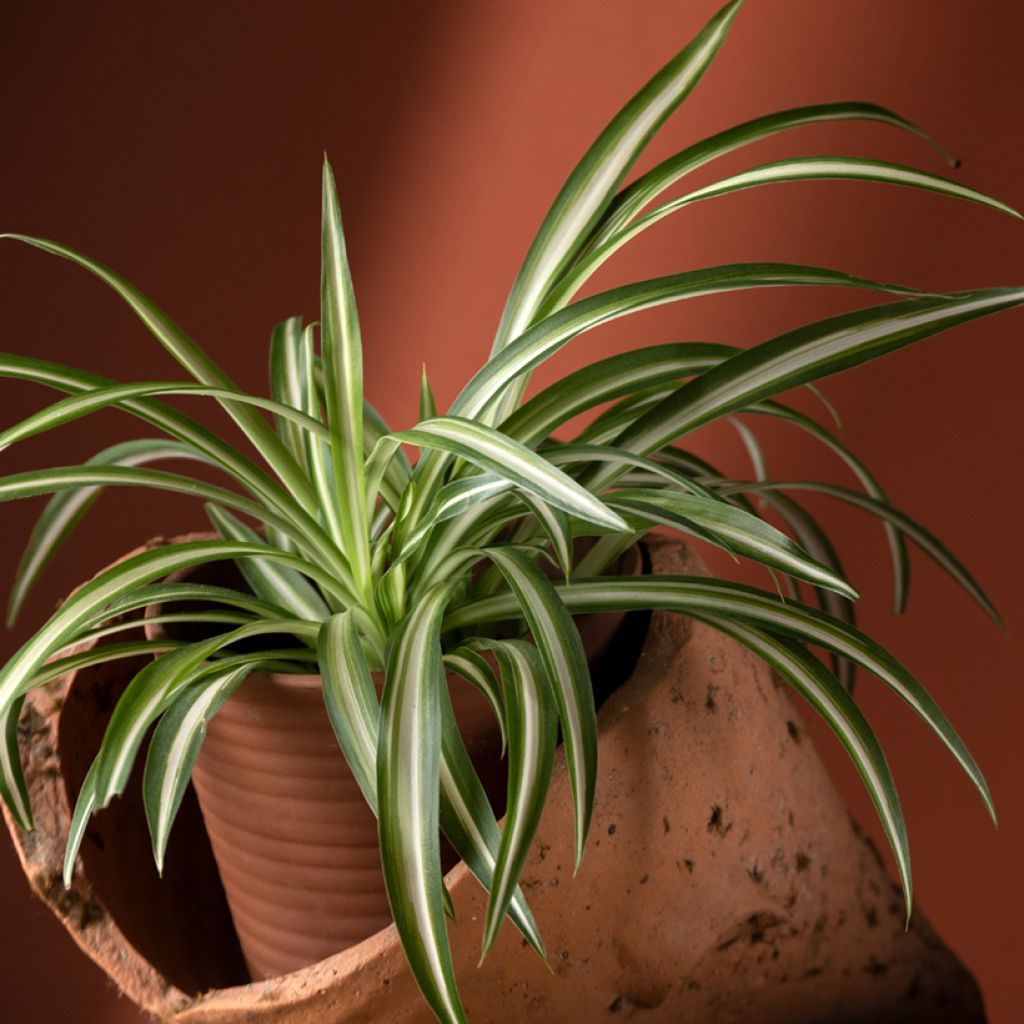

Chlorophytum comosum Variegatum - Spider Plant
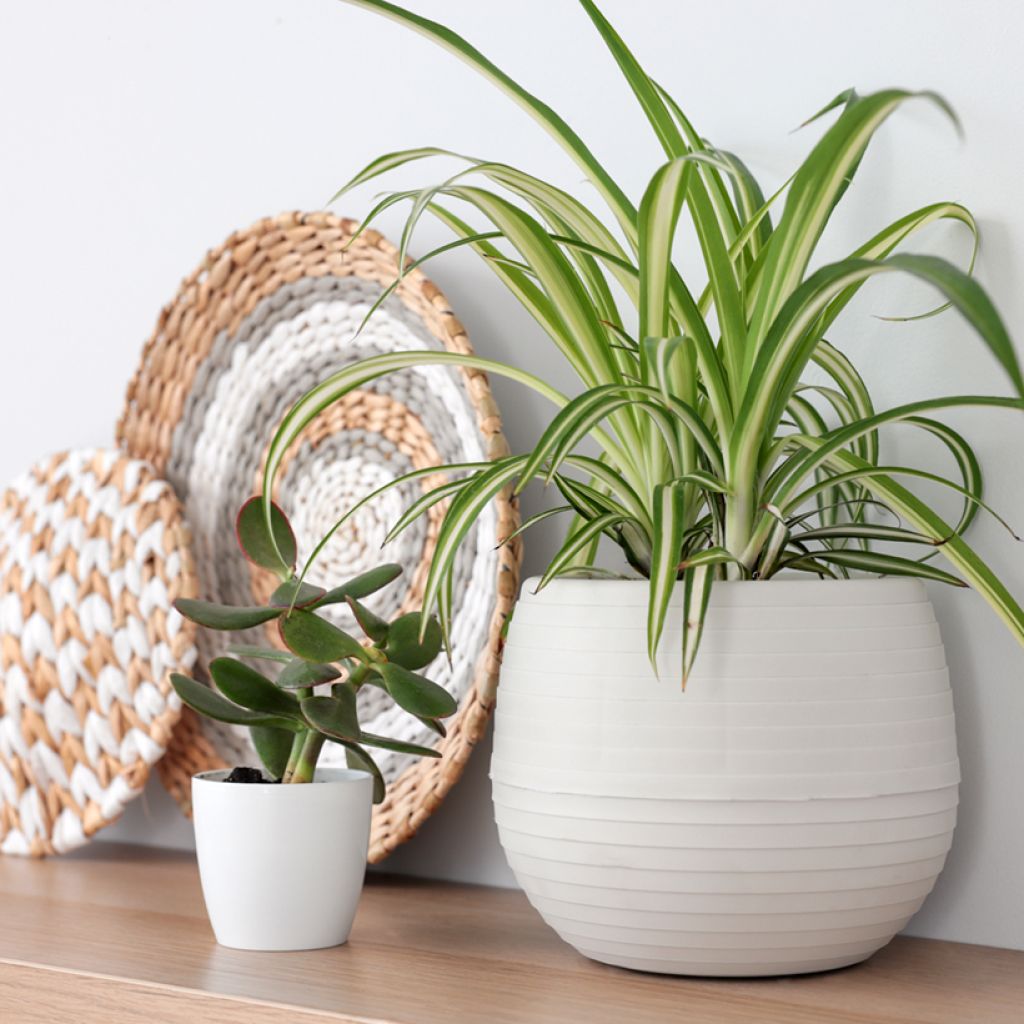

Chlorophytum comosum Variegatum - Spider Plant
Chlorophytum comosum Variegatum - Spider Plant
Chlorophytum comosum Variegatum
Spider Plant
Special offer!
Receive a €20 voucher for any order over €90 (excluding delivery costs, credit notes, and plastic-free options)!
1- Add your favorite plants to your cart.
2- Once you have reached €90, confirm your order (you can even choose the delivery date!).
3- As soon as your order is shipped, you will receive an email containing your voucher code, valid for 3 months (90 days).
Your voucher is unique and can only be used once, for any order with a minimum value of €20, excluding delivery costs.
Can be combined with other current offers, non-divisible and non-refundable.
Why not try an alternative variety in stock?
View all →This plant carries a 30 days recovery warranty
More information
We guarantee the quality of our plants for a full growing cycle, and will replace at our expense any plant that fails to recover under normal climatic and planting conditions.
Description
The Chlorophytum 'Variegatum', nicknamed Spider Plant or Variegated Spider Plant, forms a bright cascading foliage formed of long green leaves edged with white. Very easy to care for, this houseplant thrives in soft light and tolerates occasional watering lapses. Ehanced by small seedlings hanging from its stolons, its flexible and airy habit works wonders in hanging baskets or on a shelf. Natural, soothing, and purifying, it is also one of the easiest plants to maintain, ideal for those new to indoor gardening.
The Chlorophytum comosum belongs to the Asparagaceae botanical family. This 'Variegatum' variety stands out with its elongated, arching leaves measuring between 20 and 45 cm in length. The evergreen leaves display a glossy green hue accentuated by creamy-white margins, creating an elegant contrast. The plant produces thin, trailing stolons bearing seedlings ready for replanting, a characteristic that earned the Spider Plant its nickname.
Under ideal conditions, the Chlorophytum 'Variegatum' can reach 30 to 60 cm in height and spread. Its small, discreet yet charming white flowers appear at the ends of the stolons in summer. Growth is rapid, especially in bright conditions. The plant tolerates fluctuations in ambiant humidity thanks to its tuberous roots that store water. It prefers temperatures between 18 and 24°C and can withstand drops to 10°C.
Native to South Africa, the Chlorophytum comosum grows naturally in tropical and subtropical forests, often in the shade of trees where it enjoys high ambient humidity and mild temperatures. Introduced to Europe in the 19th century, it has since become a popular houseplant due to its hardiness and adaptability.
The Chlorophytum comosum is renowned for its air-purifying properties, particularly its ability to absorb pollutants such as formaldehyde and xylene from indoor air, thus helping to improve ambient air quality.
The Chlorophytum comosum ‘Variegatum’ is a decorative companion that easily fits into any bright room, from a kitchen to bathroom, living room, or conservatory. Its trailing habit enhances wall shelves, hanging baskets, or a stylish ceramic pot placed on a low table. Perfect for a boho-chic, minimalist, or even urban jungle style, it adds a light and lively botanical touch. It can be paired with plants sharing similar light and watering needs such as Golden Pothos (Epipremnum aureum) with their cascading leaves, a Ficus pumila for its delicate greenery, a Maranta leuconeura with its fascinating patterns, or a Tradescantia zebrina with its purple and silver hues.
By mixing these species, you can create a lush and balanced environment to enhance a bright corner of your home.
Report an error about the product description
Chlorophytum comosum Variegatum - Spider Plant in pictures




Foliage
Plant habit
Flowering
Botanical data
Chlorophytum
comosum
Variegatum
Asparagaceae
Spider Plant
Cultivar or hybrid
Other Spider Plant - Chlorophytum
View all →Location
Location
Maintenance and care
Watering tips
Potting advice, substrates and fertilisers
Houseplant care
Disease and pest advice
Maintenance and care
This item has not been reviewed yet - be the first to leave a review about it.
Haven't found what you were looking for?
Hardiness is the lowest winter temperature a plant can endure without suffering serious damage or even dying. However, hardiness is affected by location (a sheltered area, such as a patio), protection (winter cover) and soil type (hardiness is improved by well-drained soil).

Photo Sharing Terms & Conditions
In order to encourage gardeners to interact and share their experiences, Promesse de fleurs offers various media enabling content to be uploaded onto its Site - in particular via the ‘Photo sharing’ module.
The User agrees to refrain from:
- Posting any content that is illegal, prejudicial, insulting, racist, inciteful to hatred, revisionist, contrary to public decency, that infringes on privacy or on the privacy rights of third parties, in particular the publicity rights of persons and goods, intellectual property rights, or the right to privacy.
- Submitting content on behalf of a third party;
- Impersonate the identity of a third party and/or publish any personal information about a third party;
In general, the User undertakes to refrain from any unethical behaviour.
All Content (in particular text, comments, files, images, photos, videos, creative works, etc.), which may be subject to property or intellectual property rights, image or other private rights, shall remain the property of the User, subject to the limited rights granted by the terms of the licence granted by Promesse de fleurs as stated below. Users are at liberty to publish or not to publish such Content on the Site, notably via the ‘Photo Sharing’ facility, and accept that this Content shall be made public and freely accessible, notably on the Internet.
Users further acknowledge, undertake to have ,and guarantee that they hold all necessary rights and permissions to publish such material on the Site, in particular with regard to the legislation in force pertaining to any privacy, property, intellectual property, image, or contractual rights, or rights of any other nature. By publishing such Content on the Site, Users acknowledge accepting full liability as publishers of the Content within the meaning of the law, and grant Promesse de fleurs, free of charge, an inclusive, worldwide licence for the said Content for the entire duration of its publication, including all reproduction, representation, up/downloading, displaying, performing, transmission, and storage rights.
Users also grant permission for their name to be linked to the Content and accept that this link may not always be made available.
By engaging in posting material, Users consent to their Content becoming automatically accessible on the Internet, in particular on other sites and/or blogs and/or web pages of the Promesse de fleurs site, including in particular social pages and the Promesse de fleurs catalogue.
Users may secure the removal of entrusted content free of charge by issuing a simple request via our contact form.
The flowering period indicated on our website applies to countries and regions located in USDA zone 8 (France, the United Kingdom, Ireland, the Netherlands, etc.)
It will vary according to where you live:
- In zones 9 to 10 (Italy, Spain, Greece, etc.), flowering will occur about 2 to 4 weeks earlier.
- In zones 6 to 7 (Germany, Poland, Slovenia, and lower mountainous regions), flowering will be delayed by 2 to 3 weeks.
- In zone 5 (Central Europe, Scandinavia), blooming will be delayed by 3 to 5 weeks.
In temperate climates, pruning of spring-flowering shrubs (forsythia, spireas, etc.) should be done just after flowering.
Pruning of summer-flowering shrubs (Indian Lilac, Perovskia, etc.) can be done in winter or spring.
In cold regions as well as with frost-sensitive plants, avoid pruning too early when severe frosts may still occur.
The planting period indicated on our website applies to countries and regions located in USDA zone 8 (France, United Kingdom, Ireland, Netherlands).
It will vary according to where you live:
- In Mediterranean zones (Marseille, Madrid, Milan, etc.), autumn and winter are the best planting periods.
- In continental zones (Strasbourg, Munich, Vienna, etc.), delay planting by 2 to 3 weeks in spring and bring it forward by 2 to 4 weeks in autumn.
- In mountainous regions (the Alps, Pyrenees, Carpathians, etc.), it is best to plant in late spring (May-June) or late summer (August-September).
The harvesting period indicated on our website applies to countries and regions in USDA zone 8 (France, England, Ireland, the Netherlands).
In colder areas (Scandinavia, Poland, Austria...) fruit and vegetable harvests are likely to be delayed by 3-4 weeks.
In warmer areas (Italy, Spain, Greece, etc.), harvesting will probably take place earlier, depending on weather conditions.
The sowing periods indicated on our website apply to countries and regions within USDA Zone 8 (France, UK, Ireland, Netherlands).
In colder areas (Scandinavia, Poland, Austria...), delay any outdoor sowing by 3-4 weeks, or sow under glass.
In warmer climes (Italy, Spain, Greece, etc.), bring outdoor sowing forward by a few weeks.






























